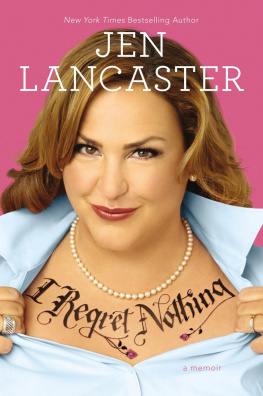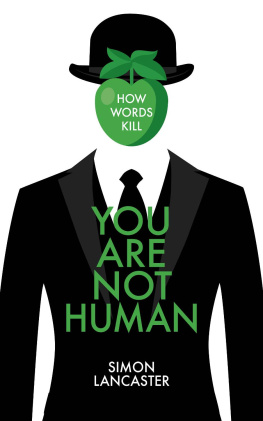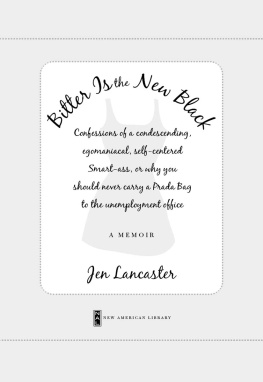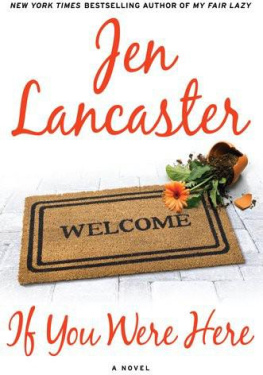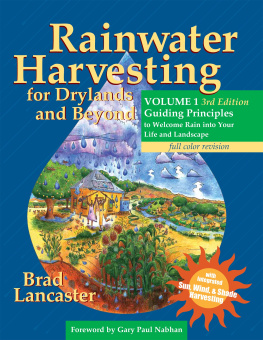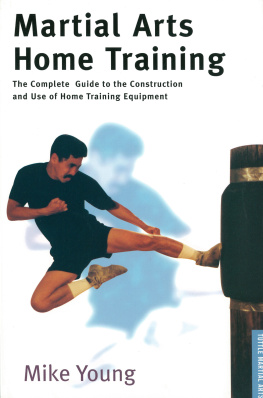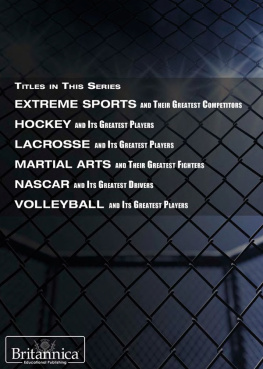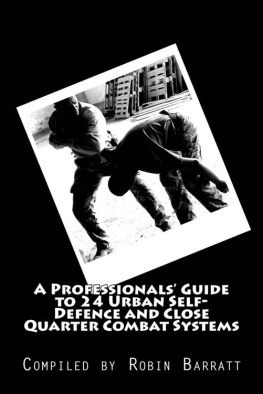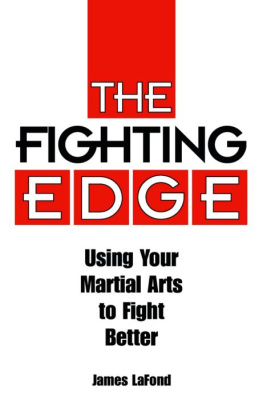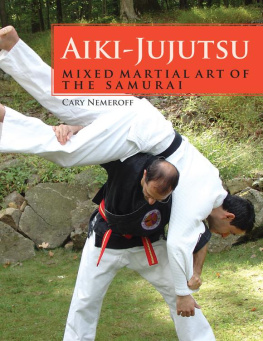Self Defence
for Seniors
A comprehensive guide to
self defence for the elderly
By
Karl Lancaster
Multi discipline instructor and World,
European and British Champion in
kung fu.
Copyright 2018
No part of this publication can
be copied or reprinted without
the express permission of the author.
Published by
Lancaster Publishing
Foreword
In 1974 I attended my first class in martial arts, I was eighteen years old and very nervous. I had wanted to do self defence/martial arts for years, but had never discovered a club nearby.
My father had done his best to fill this void by teaching me boxing, at which, he had represented the Royal Navy, and a few self defence moves he has also learned there. He and my mother also purchased me a book on karate which, I tried to learn but without much success. And I even use to spar with a friend, although neither of us had much idea, and based our moves on TV and and cinema combat, or just made it up.
I was however no stranger to fighting, having had a few little bouts of fisticuffs from an early age, in an era when fighting was really not that uncommon. And to begin with that was my sole reason for wanting to learn fighting skills. I did as I developed, and understood the martial arts world better, begin to become interested in other aspects of the arts, like self discipline, meditation, self development. But is was to be able to defend myself that was the driving force.
With nothing better to do, and because it was something I found so fascinating, I threw myself in to my martial art studies. Unlike some people I did not spend my entire time training under one instructor. I did have a main instructor, but I also went to other classes and over the next four years spent time studying with four main instructors as well as taking classes with half a dozen more. I believe this was one of the most beneficial times for me, because I saw so many different ways of doing the same things.
At 22 I gained my first dan in Tomiki Aikido. Unlike some forms of Aikido this was quite a combat orientated system with several different sparring practices. Litigation was virtually unknown back then and injuries were part and parcel of training, anything from a sprain, through dislocations, broken bones and broken teeth were common. In short we trained for real, or as close to real as we could get. My own injuries during this period read like something from a car crash, but included several teeth broken and/or knocked out, broken ribs, broken arm, dislocated thumbs, broken ankle and several very bad sprains.
This taught me something very valuable, it did not matter how fit you were, how good, how fast, you would still get injured. In a real situation even more so.
I later went on to take over my instructors classes when he left for Australia. And later still started up my own.
Later I tried my hand at other martial arts including Tae Kwon Do, Ju Jitsu, Ninjutsu, Kobodu, Iaido, Jodo, Spirit Combat and others, before settling with Mizong Kung fu and Tai chi. It was while doing Mizong that I studies under full time master Lu Jun Hai, one of the top instructors in the world, and while under his tutelage I won titles from national to world level.
On his retirement I decided to go my own way and started to teach Tai Chi for Barking and Dagenham council, as part of their ageing well programme, aimed at the over 60's. This in turn lead on to a class for self defence, again aimed at older people. And it is the experience of teaching these colourful characters that prompted me to write this book.
I would like to thank my class members for their enthusiasm and dedication, and for this opportunity to help seniors of a wider audience. To my readers I would say this, REMEMBER, the techniques I discuss in this book are best practised on a frequent basis, and even better under a proper instructor. If for some reason you cannot attend a proper self defence class, I would urge you, to avoid injury, do the warm up's described, use self control when applying the techniques in practice sessions and consult your doctor before doing any activity, be it solo or attending a class. Common sense should prevail when training and the author cannot take responsibility for misuse of, or injury incurred, when applying the techniques and concepts described in this book.
Finally, the whole point of this book is to enable people to defend themselves or others in a dangerous and/or extreme situation. Some of the techniques are particularly dangerous and should be used as a last resort! The self defence moves in this book should NOT be applied unless the person using them feels there is no alternative! Withdrawing from a situation is always preferable to engaging in physical combat!
Karl Lancaster 2018
Dedication
I would like to dedicate this book to the following people -
My wife Trisha for her support,
my father, John Lancaster, who fostered my interest in self defence,
my first long suffering martial arts instructor, Irvine Cleydon, and my last long suffering instructor, Lu Jun Hai,
lastly the late Philip Newcombe, a great friend and martial artist, who is sadly missed.
Sensie Philip Newcombe
Chapters
1) Introduction what self defence is, self defence and the law
2) Warm up before starting, limbering up, how to train
3) The System how this type of self defence works and background
4) Movement and reaction exercises
5) Blocking and Striking
6) Basic solo techniques
7) Techniques with aids
8) Two man techniques
9) Advanced techniques and practice
10) Conclusion
Chapter 1
What self defence is, self defence and the law
Ask someone what self defence is and you will get answers like the following:-
'martial arts'
'protecting yourself'
'not getting hit'
'looking after yourself'
They all have a point and are all partially correct, but none hit the nail on the head, according to Cambridge Dictionary it is -
' protection of yourself, either by fighting or discussion :
He used the gun in self-defence.
In self-defence, I have to say that I only did what you asked me to do.
the skill of fighting without weapon s to protect yourself:
She goes to self-defence classes for women.'
The above statement/dictionary term does make me wonder who compiles such things, because it does not adequately or accurately convey what self defence really is. Yes it could be protecting yourself by fighting or discussion, although even this is flawed. As for the skill of fighting without weapons, that makes no sense what so ever. So let me give you my take on what self defence is.
The art of not getting yourself in trouble and/or extracting yourself from it as quickly and simply as possible. The best form of self defence is being aware of your environment and knowing when to remove yourself from the danger zone before something escalates. Failing that it is to put yourself in a safer situation by calling or eliciting help. And when all else fails it is taking your attacker out in as short order as possible, and contrary to the above dictionary definition, if that means using a weapon, then that is what you do!


